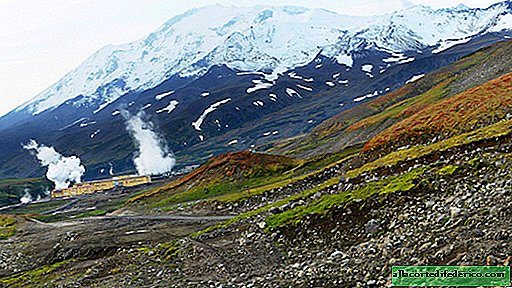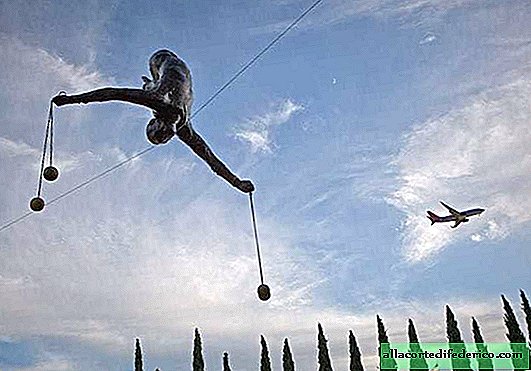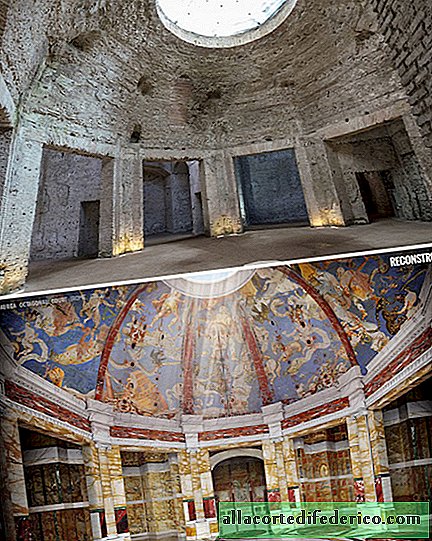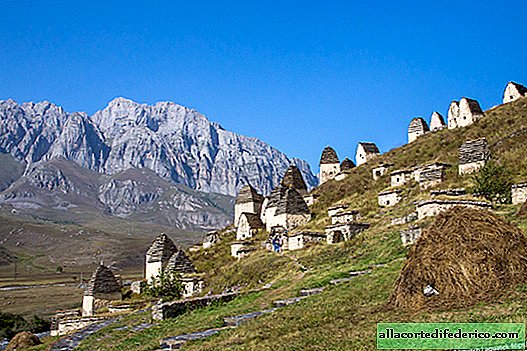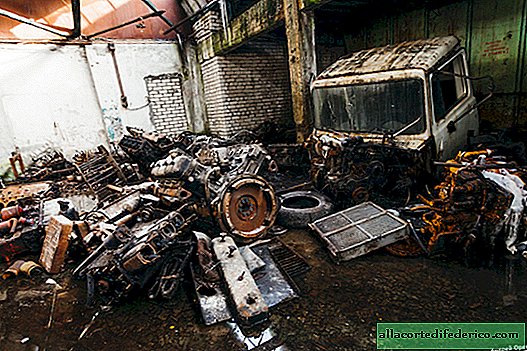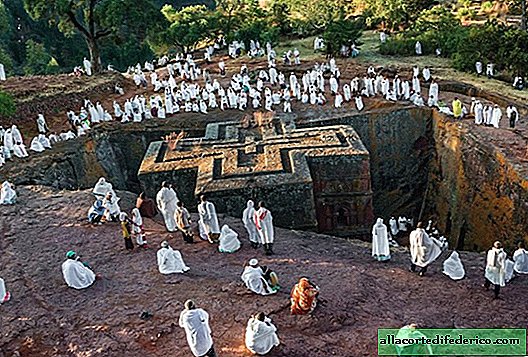Who are the lanterns, and where can you see the latest gas lanterns
Most of human history was created in darkness. The streets were lit up only in the 19th century, so all the activities that required good light took place during the day: people read, sewed, wrote before dusk. But no, this does not mean that everyone went to bed with the sunset: for example, shops worked in the XVIII century until late at night, the owners lit candles in them.
But of course, moving around the city was more difficult. Many dangers lurked in the dark: thieves and criminals roamed the streets, waiting for their victims. And in general, there was a high probability of just falling into a ditch. In London, for example, linkboy services were popular: they were people who carried a burning torch ahead, lighting the way. However, it was not very calm with them, because sometimes linkboys could lead their fellow travelers into a dark lane where attackers waited. Therefore, many were afraid of night walks.
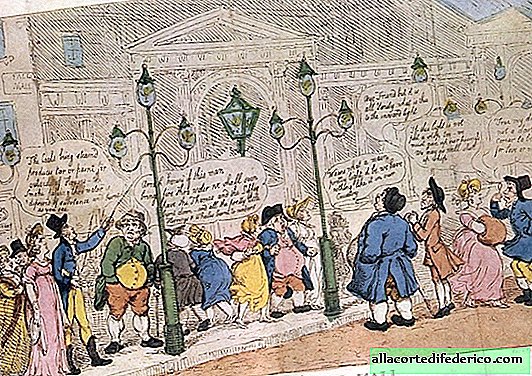 Caricature of the first lanterns in London
Caricature of the first lanterns in LondonBut at the end of the 18th century, everything changed: then the first gas lamps appeared. At first they began to illuminate buildings, and then the streets. Gas made the world a much better place: now it was possible not to go to bed, but to sew, write or read until late at night.
London was one of the first cities to light gas lanterns. For the first time this happened in 1807: the event was timed to the birthday of George III. And in the next thirty years, thousands of lamps were lit in the British capital, and they appeared on the streets of other major European cities. And some of them burn today.
 Gas lamp in the park of Berlin
Gas lamp in the park of BerlinSo, about 30 thousand gas lamps work in the streets of Berlin. This is a huge number: all over the world there are not more than 60 thousand. Every year they are becoming less and less: electricity is cheaper and less harmful to the environment. But still, many lanterns are trying to preserve for the sake of history and cultural significance.
 On the streets of Croatian Zagreb
On the streets of Croatian ZagrebSo, in London there are about one and a half thousand lamps, mainly, of course, in the historical part of the city, for example, on the territory of Buckingham Palace and Trafalgar Square. You can see the latest street gas lamps in the United States: in New Orleans, Charleston, and Boston, they still illuminate old areas. There are traditional lamps in Prague: however, they were reinstalled here. Initially, they all got rid of in 1985, but at the beginning of the XXI century they decided to restore it.
 Prague
PragueOf course, now they are automated. And in the 19th century, gas lanterns were lit by specially trained people: they walked from pillar to pillar, holding in their hands a long stick with a burning wick. In the morning, the lamplighters went out again to put out the fire. They exist today, but their task is to check how well the lights work. Nevertheless, people in this dying profession can be seen in Wroclaw, Poland: until now, with the arrival of twilight, a lamplighter comes out who manually illuminates the streets.
 A lamplighter lights a street lamp, Wroclaw
A lamplighter lights a street lamp, Wroclaw



